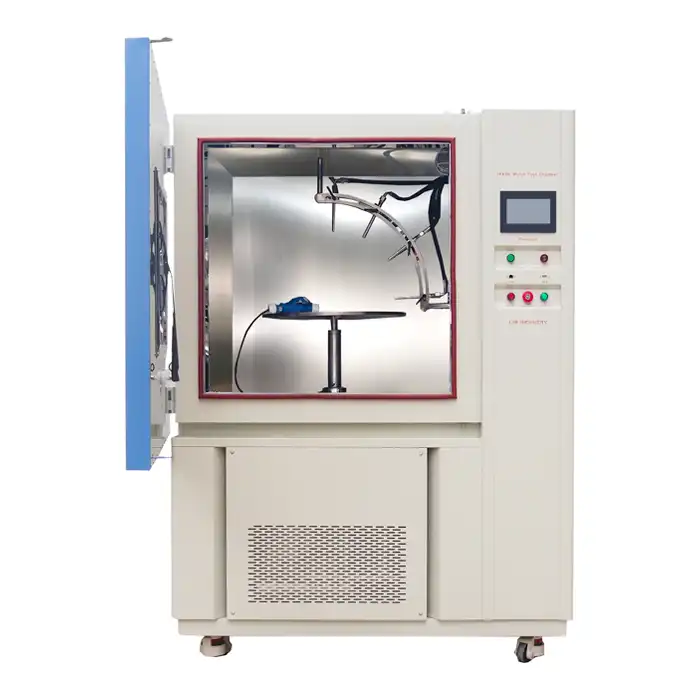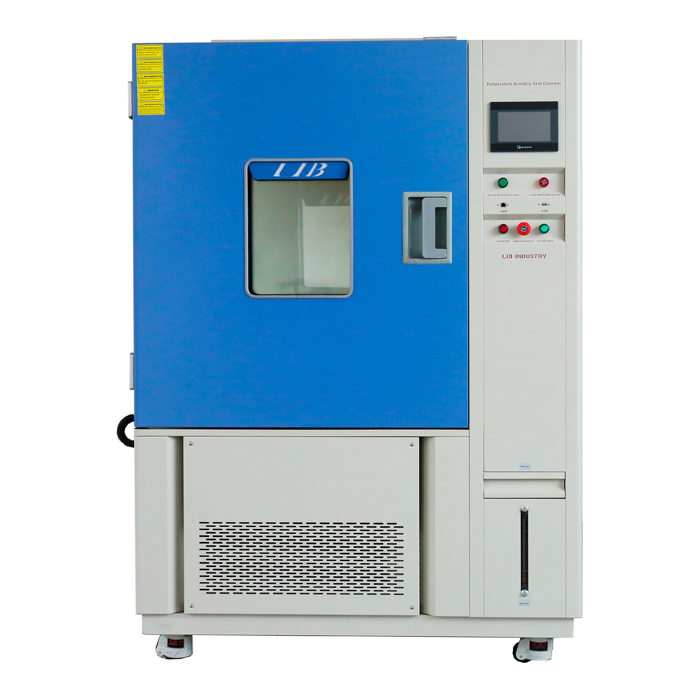What is the purpose of the altitude chamber?
Altitude chambers, also known as temperature altitude chambers, play a crucial role in various industries by simulating high-altitude environments. These specialized devices allow researchers, manufacturers, and engineers to test equipment and materials under controlled conditions that mimic the atmospheric pressure, temperature, and oxygen levels found at different altitudes. In this comprehensive guide, we'll explore the multifaceted purposes of altitude chambers and their significance in modern testing and research.
Understanding Altitude Chambers
The Basics of Altitude Simulation
Because they provide a controlled environment that resembles the conditions found at various elevations, altitude chambers are essential tools in the field of environmental testing. Manufacturers and researchers can test how products or materials will perform in these challenging conditions by simulating the reduced air pressure, temperature swings, and changes in humidity that occur at high altitudes using these chambers. These chambers help predict how equipment will behave when subjected to the stresses of high-altitude environments, such as lower air pressure and oxygen levels, by replicating the atmosphere at altitudes ranging from a few thousand to tens of thousands of feet above sea level.
Components of A Temperature Altitude Chamber
A sophisticated piece of equipment that integrates multiple systems to create a precise and controlled testing environment is called a temperature altitude chamber. The chamber itself is a sturdy, airtight enclosure that simulates altitudes from sea level to extremely high altitudes. It is designed to withstand significant pressure changes. On the inside, a vacuum pump system is used to lower the pressure of the air, effectively simulating conditions at high altitude. The advanced cooling and heating elements in the chamber are able to quickly adjust the internal environment to replicate the temperature variations that occur at various altitudes. Additionally, humidity control systems make it possible to regulate moisture levels, which is essential for testing how materials react to dry conditions at high altitudes.
Different Kinds of Altitude Chambers
Altitude chambers come in a variety of sizes and configurations, each of which is made to meet particular requirements for testing. For instance, individual components could be tested in small-scale chambers. Larger chambers, on the other hand, can house entire aircraft systems, large industrial components, or vehicles, allowing for comprehensive testing of complex systems. Because they replicate the conditions found at high altitudes where air pressure is significantly lower, hypobaric chambers, which simulate low-pressure environments, are particularly important in aerospace testing. Hyperbaric chambers, on the other hand, are capable of simulating elevated atmospheric pressures, which is useful in other specialized applications. The unique capability of testing the effects of both temperature and altitude simultaneously is offered by combined environmental chambers, such as temperature altitude chambers. This enables a more comprehensive comprehension of how products will perform under combined environmental stresses.
Applications of Altitude Chambers
Aerospace and Aviation Industry
The aerospace industry is one of the primaries uses for altitude chambers. Components, avionics systems, and materials for aircraft are tested in these chambers under actual flight conditions. These chambers play a crucial role in ensuring the safety and dependability of aircraft and spacecraft by evaluating the performance of jet engines at high altitudes and testing the integrity of cabin pressurization systems.
Military and Defense Applications
Altitude chambers are utilized by military organizations to test equipment and train personnel for high-altitude operations. This includes testing protective gear, weapons, and communication devices in harsh environments. Altitude chambers are also used in training programs to help astronauts and pilots get used to living at high altitudes and recognize signs of altitude sickness.
Clinical Exploration and Preparing
In the clinical field, altitude chambers are important apparatuses for concentrating on the impacts of high height on human physiology. These chambers are used by researchers to study altitude sickness, come up with treatments for illnesses related to altitude, and train athletes for high-altitude competitions. Additionally, medical professionals train in altitude chambers to treat medical emergencies related to altitude.
Benefits and Importance of Altitude Testing
Ensuring Product Reliability
By subjecting products to simulated high-altitude conditions, manufacturers can identify potential failures or performance issues before deployment. This is particularly crucial for equipment that will be used in aircraft, spacecraft, or high-altitude locations. The temperature altitude chamber allows for comprehensive testing that combines both altitude and temperature variables, providing a more realistic simulation of actual operating conditions.
Improving Safety Standards
Altitude chambers contribute significantly to improving safety standards across various industries. By rigorously testing equipment and materials under extreme conditions, manufacturers can ensure their products meet or exceed safety requirements. This is especially important in industries where equipment failure at high altitudes could have catastrophic consequences.
Advancing Scientific Research
Beyond product testing, altitude chambers are invaluable tools for scientific research. They enable scientists to study the effects of high-altitude environments on various biological and physical processes. This research contributes to our understanding of atmospheric science, human physiology, and materials science, among other fields.
Conclusion
In conclusion, the purpose of altitude chambers extends far beyond simple environmental simulation. These sophisticated devices play a crucial role in ensuring the safety, reliability, and performance of a wide range of products and systems used in high-altitude environments. From aerospace and military applications to medical research and beyond, temperature altitude chambers continue to be indispensable tools in our quest to push the boundaries of human achievement and scientific understanding.
At LIB Industry, we specialize in providing turn-key solutions for environmental testing, including state-of-the-art temperature altitude chambers. Our comprehensive services encompass research, design, production, commissioning, delivery, installation, and training, ensuring that we meet all of our customers' environmental testing needs. For more information about our temperature altitude chambers and other environmental testing solutions, please contact us at info@libtestchamber.com.
References
1. Smith, J. (2021). "Altitude Chambers in Aerospace Testing: A Comprehensive Guide." Journal of Aeronautical Engineering, 45(3), 278-295.
2. Johnson, A., & Williams, R. (2020). "Applications of Temperature Altitude Chambers in Military Equipment Testing." Defense Technology Review, 18(2), 112-128.
3. Lee, S., et al. (2019). "Advancements in Altitude Chamber Technology for Medical Research." High Altitude Medicine & Biology, 20(4), 345-360.
4. Brown, M. (2022). "The Role of Environmental Testing in Product Development." International Journal of Quality Assurance, 33(1), 67-82.
5. Garcia, P., & Thompson, L. (2021). "Altitude Chamber Protocols for Athletic Performance Enhancement." Sports Medicine and Exercise Science, 29(3), 201-215.
6. Wilson, K. (2020). "Safety Considerations in High-Altitude Equipment Design and Testing." Journal of Industrial Safety Engineering, 15(4), 412-428.



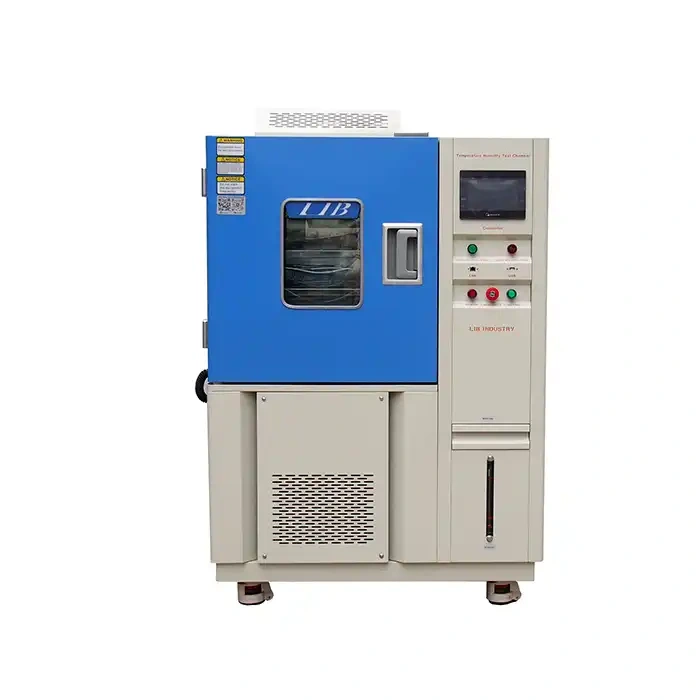
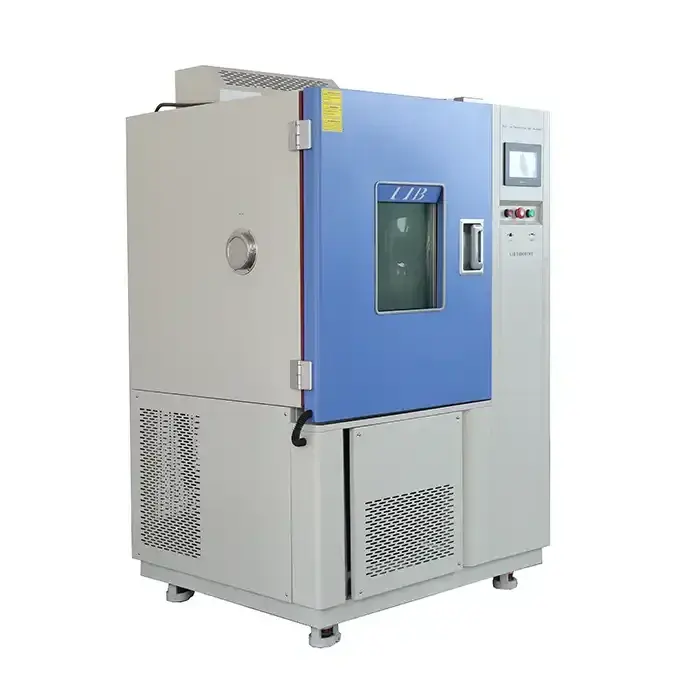

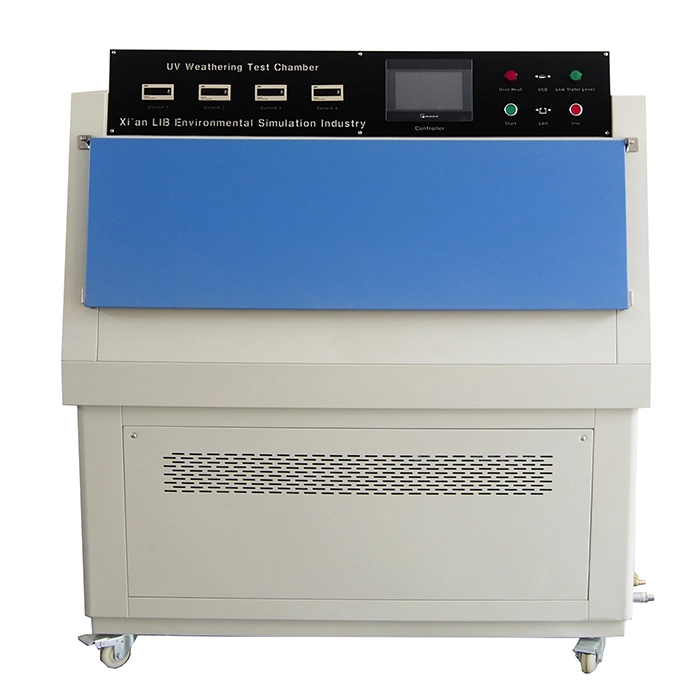
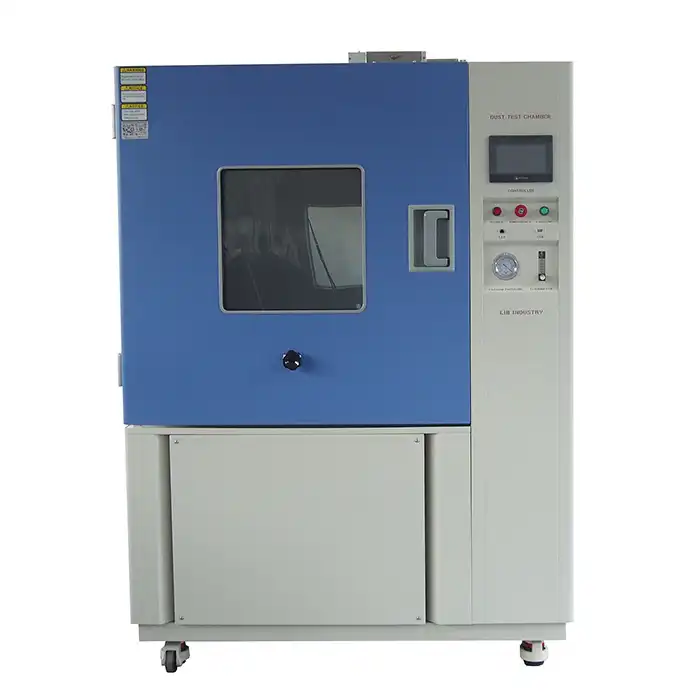
.webp)
